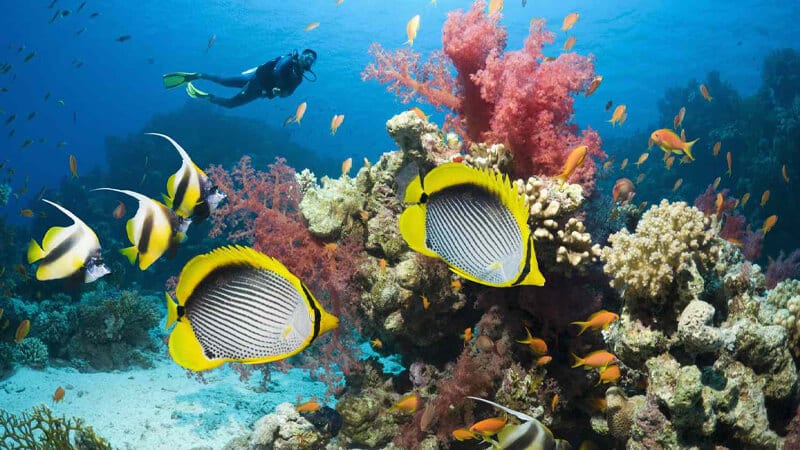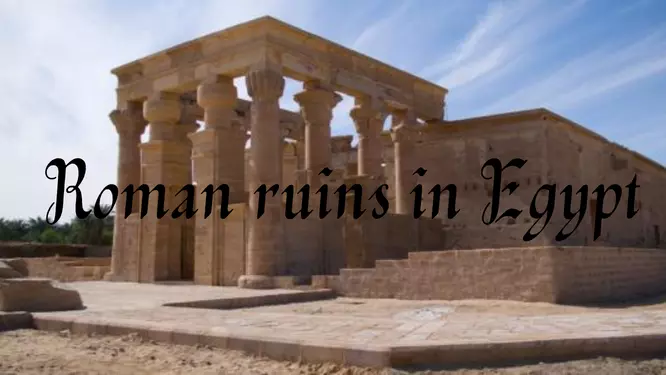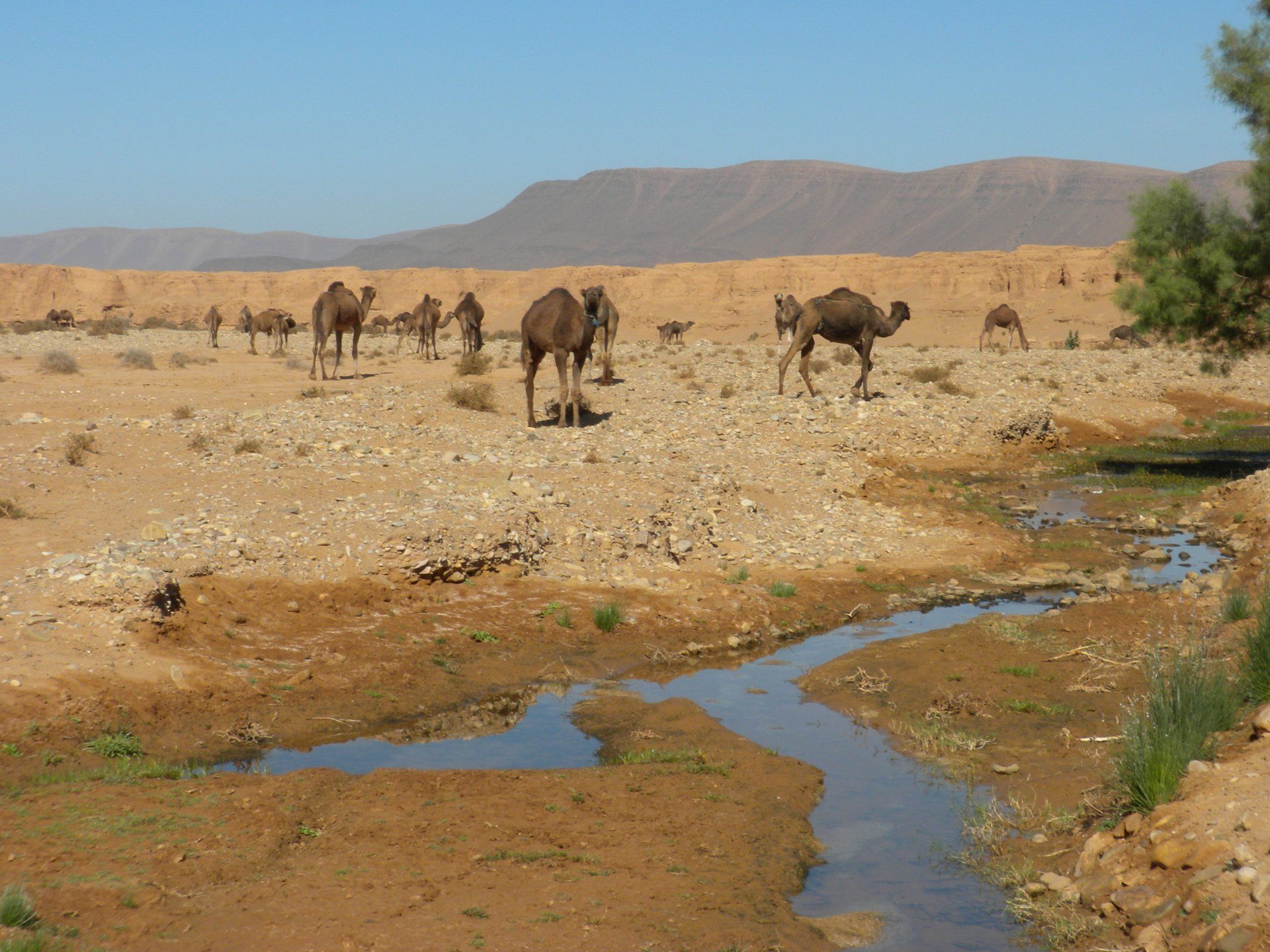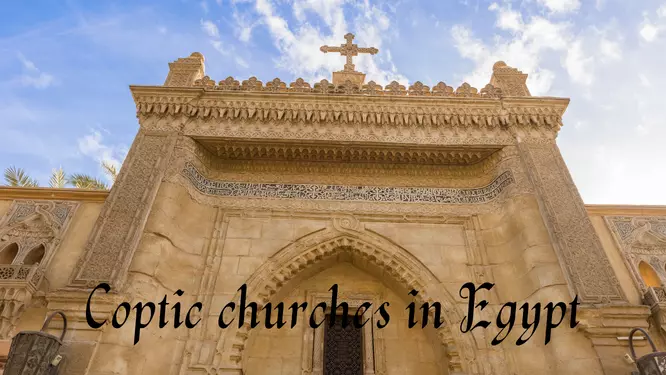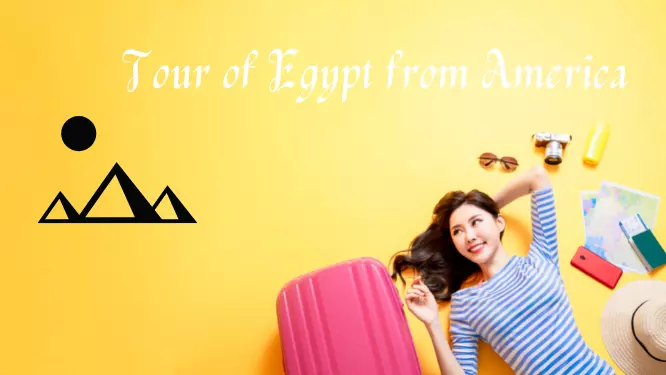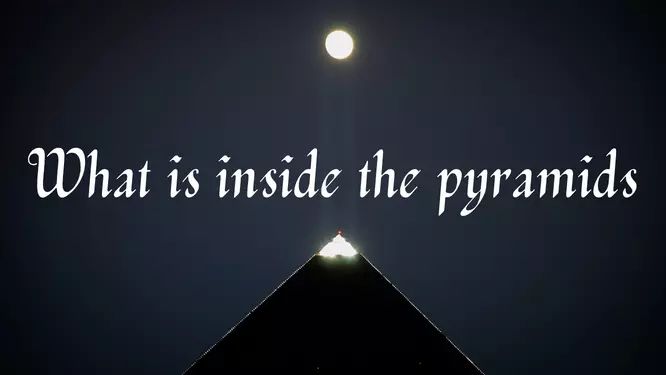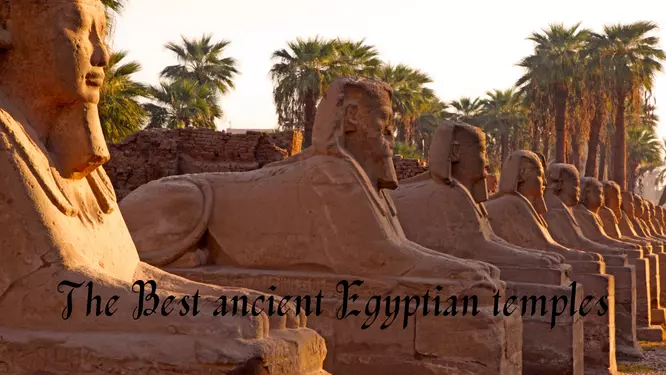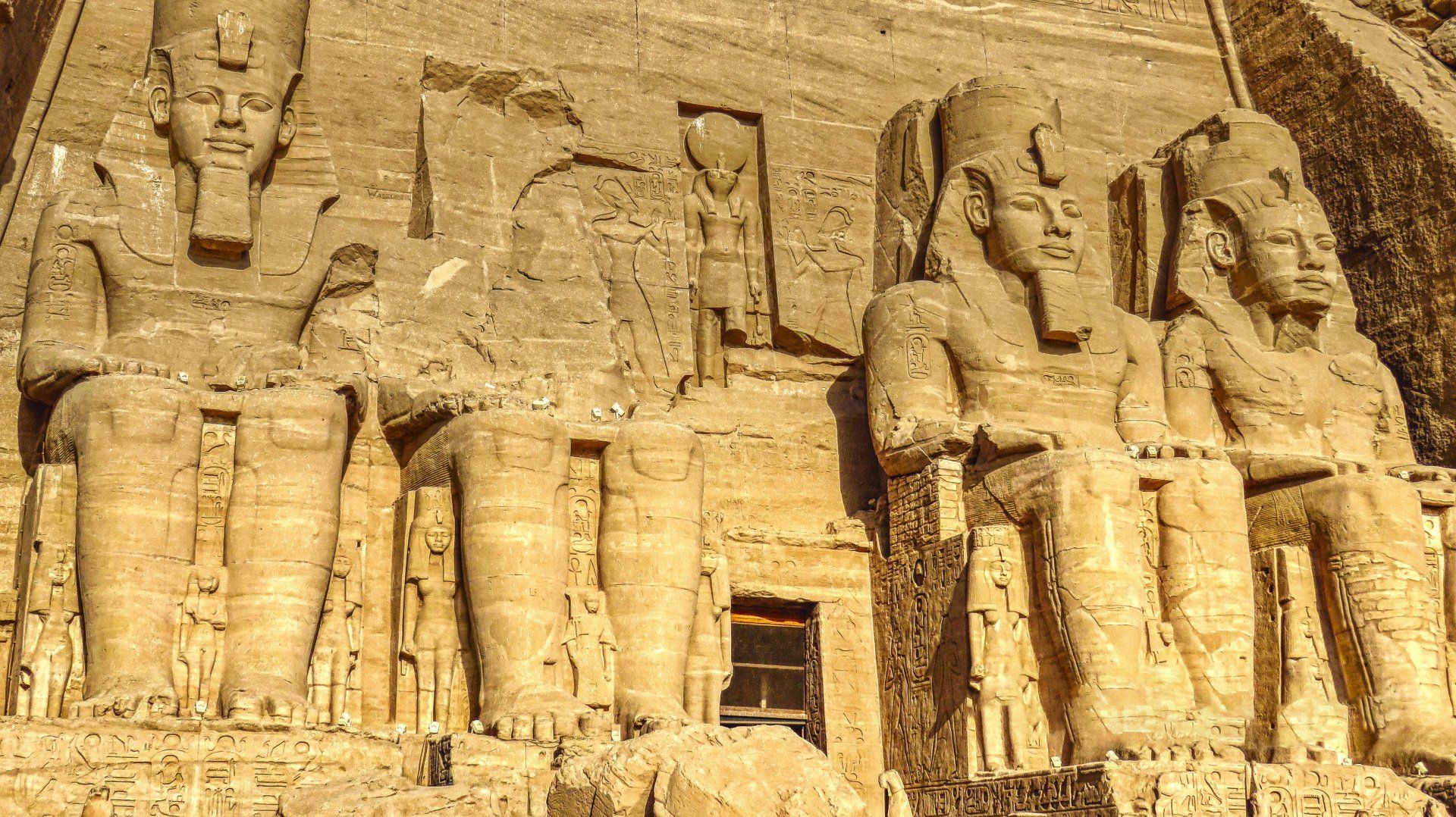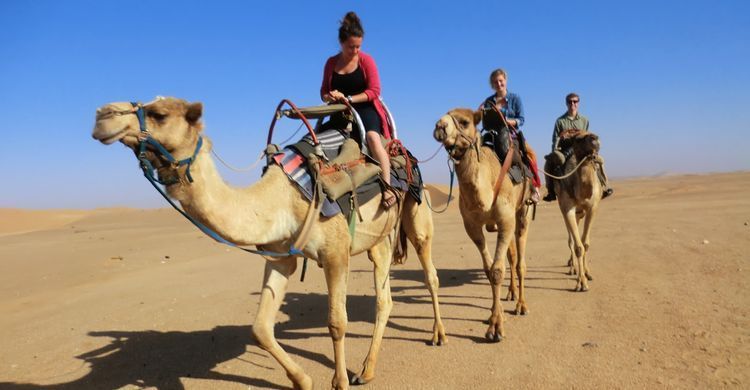Tourism in Alexandria: The most important tourist places in Alexandria, Egypt
Alexandria, the bride of the Mediterranean, as it was called in the past, is one of the most beautiful cities in Egypt, which was built by Alexander the Great in 323 BC. At that time, the link between Pharos Island and the village of Rakoda was made by filling the water that connects them, and it remained the capital of Egypt for nearly a thousand years.
The best tourist places in Alexandria
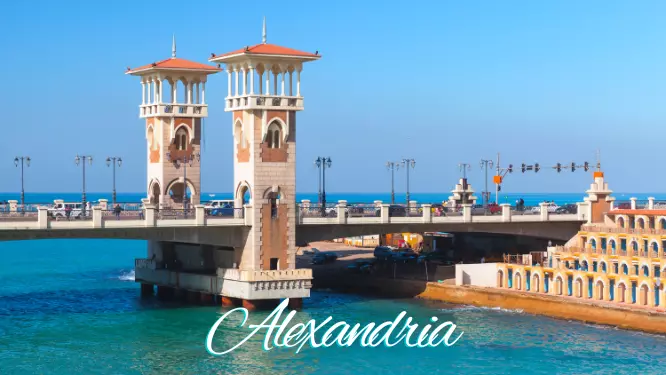
Bey Citadel
The castle is located in the west of Alexandria in the Bahri area. It was built by Sultan Al-Ashraf Abu Al-Nasr Qaitbay to counter the attacks launched by the Ottoman Empire on Egypt. The castle was built on top of the Alexandria lighthouse, which was destroyed after a strong earthquake struck the city.
The castle remained an impenetrable fortress to stand up to any attacks coming from the Mediterranean. Its height was 4 meters and its width was 2 meters. It took two years to build it. It was vandalized by the British occupation at the time of the occupation of Egypt. The castle is divided into three floors, designed in a square and octagonal geometric shape to make it easier for soldiers to take cover and defend the city.
mast pole
The pillar is considered one of the most important tourist attractions in Alexandria, where tourists from all over the world flock to it to witness the history that prevailed during the period of Alexandria. The Alexandrians built it for the Roman Emperor Diocletian to rid them of the leader Achilles after his famous revolution. It was built on the hill of Bab Sidra, which is located between the Al-Amoud area (the Muslim burial grounds) and the Kom Al-Shaqafa plateau.
Roman Theater
The theater is located in the Kom El-Dikka area, west of the Attain department. It was built in the Roman era in the fourth century AD. It was discovered by chance when the Polish mission removed dirt from it, believing that it was the tomb of Alexander the Great. The theater consists of thirteen rows numbered in Greek made of red granite, topped by five Booths with domes and two halls decorated with mosaics. The mission discovered beside the theater some teaching halls, which changes the idea of being a theater to being a large lecture hall for reciting the flag and using the amphitheater as a theater for celebrations.
Alexandria National Museum
The museum is located on Fouad Street (currently 110 Al-Horreya Road), which is a palace for a former wood merchant, Asaad Basili. It was purchased by the US Embassy for 53,000 pounds, and then the Supreme Council of Antiquities bought it for 12 million pounds. It is built in the Italian style and contains more than 1,800 antiquities that include the Pharaonic era and the era Ptolemaic, Roman, Byzantine, Islamic, and modern times, such as the holdings of the family of Muhammad Ali Pasha. It was opened in 2003 by former President Muhammad Hosni Mubarak.
Greco-Roman Museum
The museum is located in the Raml Station, which was inaugurated by Khedive Abbas Helmy II in 1895 AD. The museum includes a large variety of Pharaonic, Greek, and Roman antiquities from the third century BC until the third century AD. Its halls to 26 halls contain many relics such as a head made of marble for Julius Caesar, a head made of marble for Alexander the Great, a mummy in color for a deceased from the Roman era, a group of pottery, a group of golden ornaments, Ptolemaic and Roman mummies, a huge head of Ptolemy VI, and a statue For the god of the Nile, statues of the emperors of Rome.
Royal Jewelry Museum
The museum is located in the Zizinia area of Alexandria, which enjoys calm and sophistication. It was built in 1919 AD and was owned by Princess Fatima al-Zahra, which was established in the European style and includes many royal jewels. These jewels were confiscated after the July 23 revolution, which belong to the royal family, starting from Muhammad Ali Pasha to Farouk I The museum includes 11,500 pieces, the most important of which is a gold snuff-box, camouflaged with enamel and stamped with the name of Muhammad Ali, as well as a group of platinum and gold cups and 2,753 diamond lobes owned by Prince Muhammad Ali Tawfiq, a set of scarves, gold watches and necklaces inlaid with jewelry from the era of Khedive Said Pasha, and a jewelry collection Queen Nazli, King Farouk and Queen Safinaz Antiques Collection.
Aquarium Museum
The museum is located in the Bahari area in Alexandria, next to the Qaitbay Citadel, and includes inside it many aquariums that include fish, reptiles, and animals that live in the Red and Mediterranean Bahrain, as well as fish that live in freshwater. The banks of the Nile River contain a laboratory to carry out some studies on the neighborhoods in the museum, and there are also some places inside the museum that contain fish and mummified marine creatures such as a large skeleton of a shark and a mermaid model from ancient myths.
Waterfall Gardens
The waterfall gardens are located in the section of Bab Sharq in Alexandria, which is a very large garden on an area of eight acres and contains three lakes, many rare trees, and plants, some industrial waterfalls, and terraces of different heights. A square has been transformed into a cultural center because of its immortal and valuable relics. The park was divided into five areas bearing the names of Alexandrian famous people in art and culture such as (Sayed Darwish - Bayram Al-Tunisi - Youssef Ezz El-Din - Ahmed Othman - Seif Waeli).

